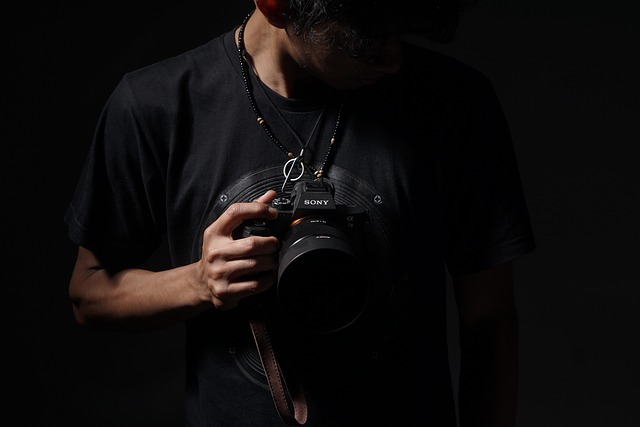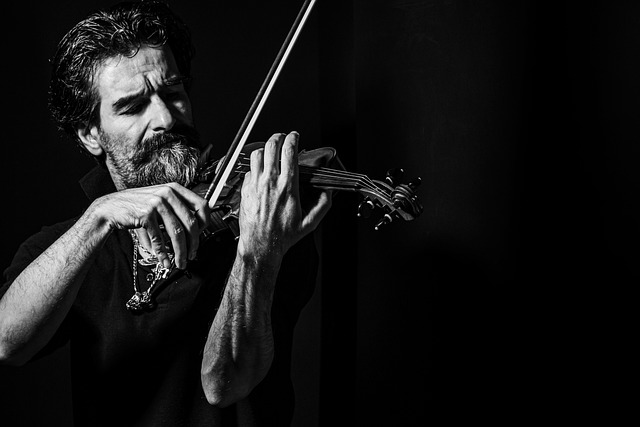Mastering the Technical Aspect of Photography: A Guide to Captivating Technical Photos
Photography is an art that transcends mere imagery; it’s a complex dance between light, settings, and the vision of the photographer. As we delve into the technical photo realm, it becomes clear that mastering these elements can transform an ordinary shot into something truly captivating. Whether you’re a budding enthusiast or a seasoned photographer looking to refine your skills, understanding the technical aspects is crucial to creating stunning photographs that tell a story.
The Importance of Understanding Your Equipment
To embark on your journey toward captivating technical photos, start with a solid grasp of your camera equipment. Every camera, whether it’s a DSLR, mirrorless, or even a smartphone, has its unique set of features and functions. Familiarize yourself with:
- Aperture: The size of the opening that lets light into the camera body. A lower f-stop number means a wider aperture, allowing more light and creating a shallower depth of field—a coveted effect for portrait photography.
- Shutter Speed: The duration your camera’s shutter remains open. Faster shutter speeds freeze motion, while slower speeds can create stunning blurs in action shots.
- ISO: This setting determines your camera’s sensitivity to light. Adjusting your ISO will influence the quality of light in your photos, especially in low-light situations.
Exposure Triangle: Achieving Perfect Balance
One of the most essential concepts in capturing a technical photo is the exposure triangle, which encompasses aperture, shutter speed, and ISO. These three elements work together to ensure your photos are not too bright or too dark. Understanding how to balance these settings will enable you to maintain control over the creativity in your photography.
Lighting: The Magic Ingredient
Even the most intricate technical setup can fall flat without proper lighting. The light you choose can vastly change the mood of your photo. Here are some tips for harnessing light effectively:
- Natural Light: Taking advantage of the golden hours—early mornings and late afternoons—can enhance your images with warm tones and soft shadows.
- Artificial Light: Experimenting with flashes, strobes, or LED lights can help you create dramatic effects by controlling and shaping light to your needs.
Composition: Framing Your Vision
No technical photo is complete without a well-thought-out composition. The way you frame your subject can elevate the impact of your image. Consider employing techniques such as:
- Rule of Thirds: Divide your frame into a 3×3 grid and place points of interest at the intersections for better visual balance.
- Leading Lines: Use natural lines to lead the viewer’s eye through the photograph, creating depth and interest.
- Framing: Incorporating elements in the foreground can create a sense of depth and context in your technical photos.
Post-Processing: Enhancing Your Masterpiece
The journey of creating a captivating technical photo doesn’t end with the click of the shutter. Post-processing is your opportunity to refine your images and bring out their full potential. Using software like Adobe Lightroom or Photoshop allows you to:
- Adjust exposure, contrast, and saturation to improve the overall quality.
- Crop and straighten images to enhance composition.
- Apply filters and effects to add a unique touch to your photos.
Experimentation is Key
Finally, never shy away from experimentation. Photography is as much about the technical aspects as it is about expressing your creativity and personal style. Try using different settings, compositions, and lighting to discover what works best for you and your artistic vision.
By mastering the technical aspects of photography, you can create images that not only showcase your skills but also resonate deeply with viewers. Embrace the challenge, and let your passion for photography shine through each technical photo you capture!




